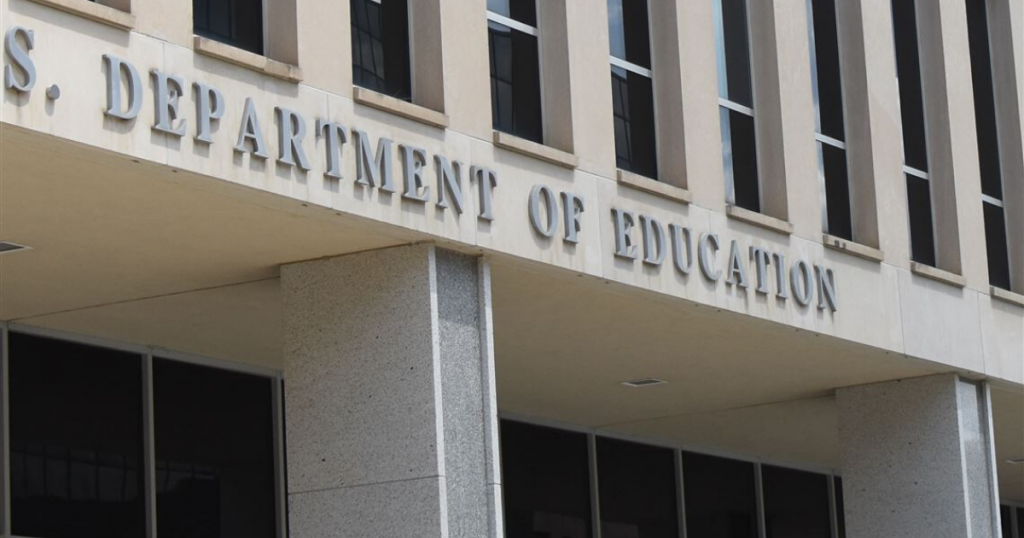Quality
Posts

Through the Years: Preschool Development Grants Birth Through Five
The Preschool Development Grant Birth through Five (PDG B-5) program is a $315 million competitive federal grant designed to improve collaboration and quality in states’ early childhood systems by building …
PDG B-5: The Program Overview
The Preschool Development Grant Birth through Five (PDG B-5) program is a $315 million competitive federal grant designed to improve states’ early childhood systems by building upon existing federal, state …

FAQs on Child Care, Early Learning, and the U.S. Department of Education
In March, President Trump signed an executive order that directs the Secretary of Education “to the maximum extent appropriate and permitted by law, take all necessary steps to facilitate the …

Reforming Regulations and Decentering Deregulation
Child care costs are high, child care workforce compensation is low, and regulations are burdensome. In an effort to find a solution there have been growing conversations around deregulation without …

NIEER Releases Their Annual Report on the State of Preschool
This week, the National Institute for Early Education Research (NIEER) released their 2024 State of Preschool Yearbook, offering a comprehensive analysis of state-funded preschool programs during the 2023-2024 school year. …

Reintroduction of Bills Offering Needed Updates to Child Care Food Assistance Program
Access to nutritious food is essential to children’s healthy growth and development, and child care is a prime opportunity for children to receive the nutritious meals and snacks they need …

New Resource Highlights Workforce Crisis in Child Care and Early Education
This month, the Center for the Study of Child Care Employment (CSCCE) at UC Berkeley released their 2024 Early Childhood Workforce Index, which provides an overview of the policies and …

Head Start Final Rule Makes Big Changes to Staff Compensation, Program Eligibility, and More
The Office of Head Start (OHS) published the final rule on August 21st, titled Supporting the Head Start Workforce and Consistent Quality Programming, updating the Head Start Program Performance Standards. …

Safety, Quality, and Accountability: Understanding Child Care and Early Learning Regulations
There are numerous policies in place to ensure the safety and quality of care for young children. Understanding the different levels of oversight that hold early care and education (ECE) …

National Child Care Analysis Finds Troubling Trends Continued in 2023
Child Care Aware of America (CCAoA) recently published Child Care at a Standstill: Price and Landscape Analysis, an annual report assessing the national, state, and regional trends in child care. …

NIEER’s Annual Report Shows Uneven Progress for State Preschool
The National Institute for Early Education Research (NIEER) recently released the 2023 State of the Preschool Yearbook, their annual report detailing state preschool policies. This edition provides comprehensive data on …

MIECHV: Overview
The Maternal, Infant, and Early Childhood Home Visiting (MIECHV) program provides federal funds to states, territories, and tribal entities for voluntary, evidence-based home visiting services.
